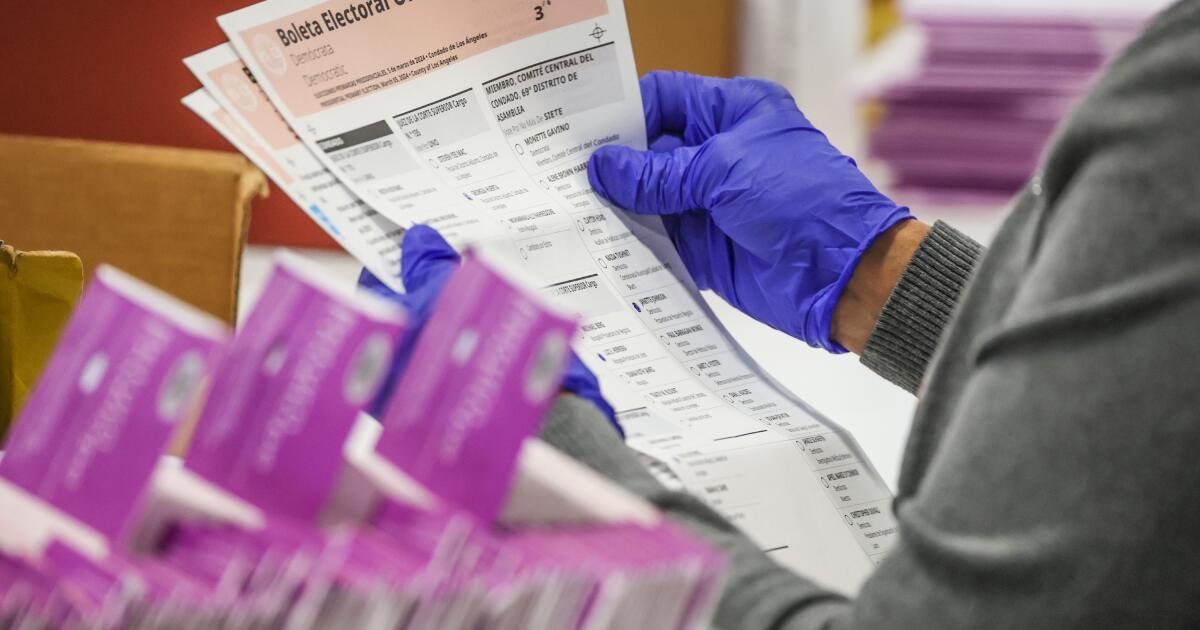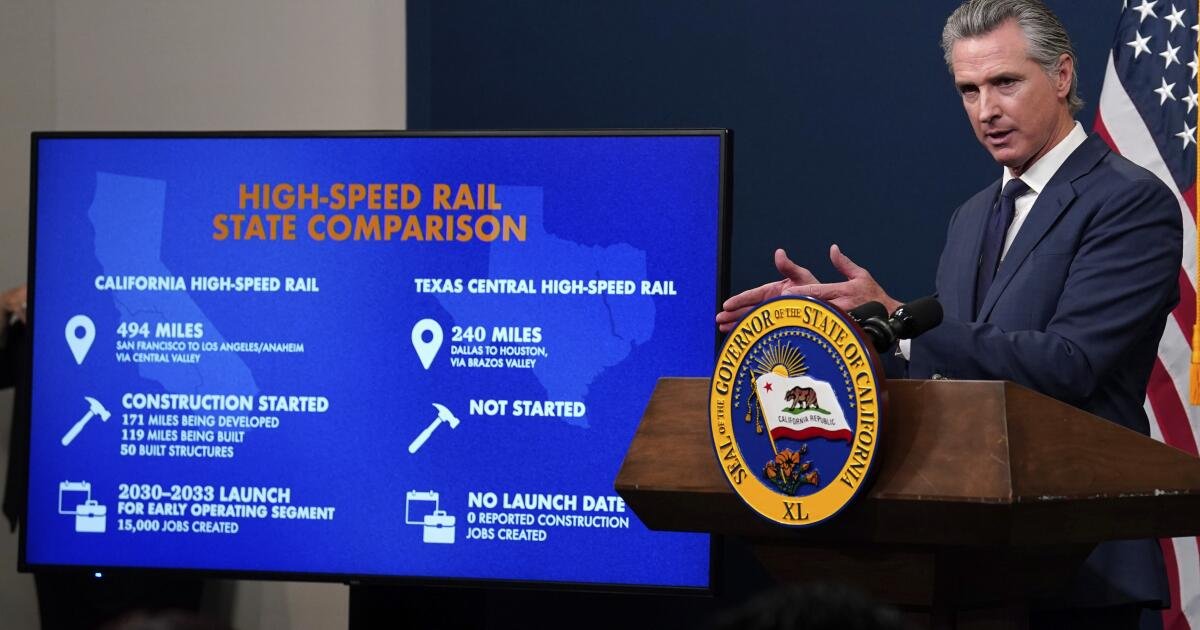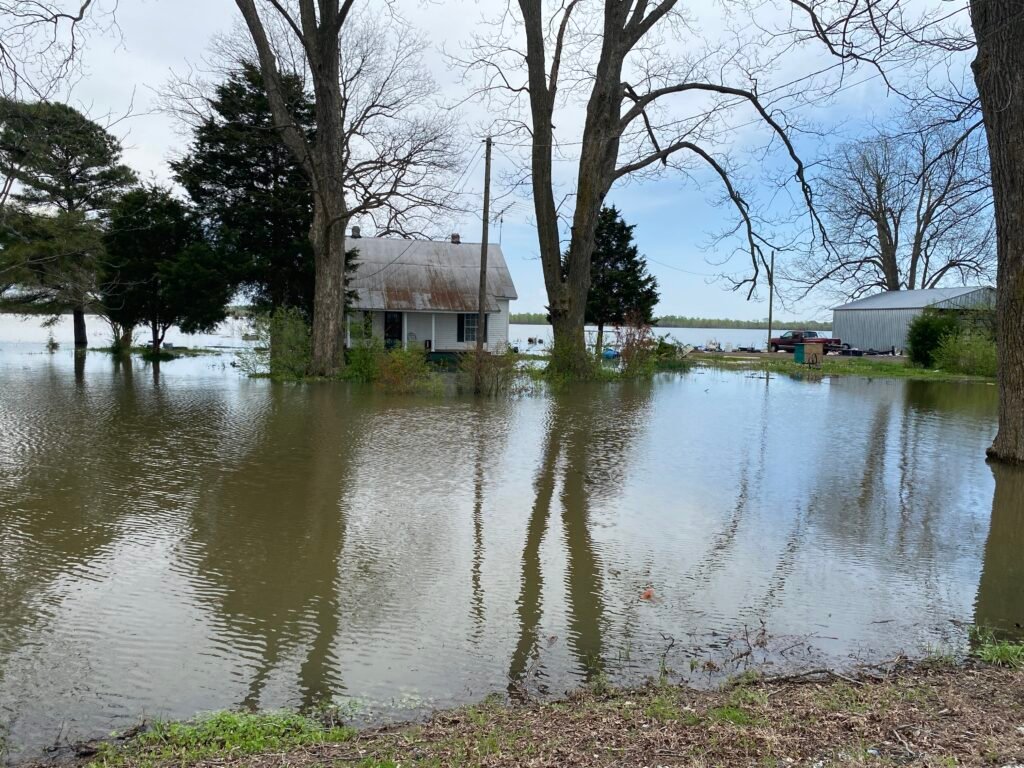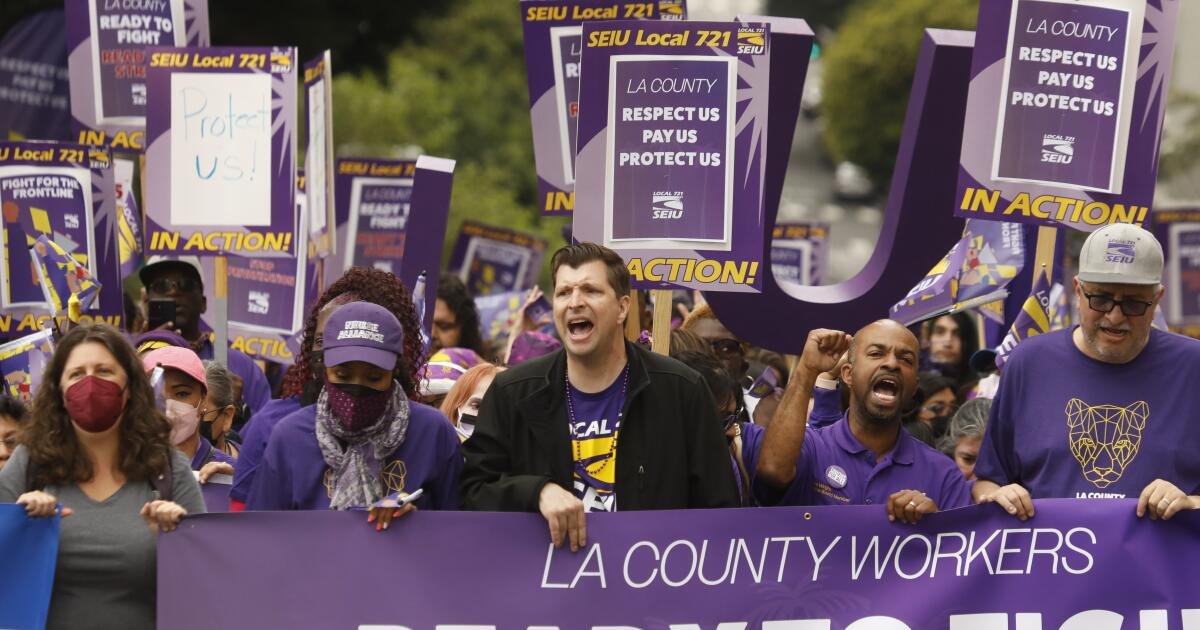I am a strong supporter of CNP for several reasons.
I'I am pleased to report on progress on Flagstaff’s Carbon Neutral Plan (CNP). I am proud of our community for the planning, utilization of the latest science, and advocacy that produced the CNP. To see the latest updates provided at the June 18 Flagstaff City Council meeting, https://flagstaffaz.new.swagit.com/videos/308308?ts=11339.
I strongly support the CNP for several reasons. The plan is the result of years of work by thousands of residents and the City's sustainability staff. I have attended many meetings, learned more about climate science, and seen the support expressed by Flagstaff residents of all ages. Importantly, I support a plan that will improve air quality, bring communities together, and save money for our residents through climate action.
Clean energy, water security, reduced energy use in buildings, economic prosperity, healthy forests, housing, and reduced dependency on automobiles are some of the goal areas included in the plan. By 2030, CNP aims to reduce energy use and natural gas use in City of Flagstaff (CoF) buildings by 28% and 60%, respectively. In the residential sector, CNP aims to reduce energy use by 43% and natural gas use by 62%. Goals have also been set for the commercial sector, and strategies to achieve the goals are set out in the CNP Carbon Neutral Plan. Flagstaff.
Flagstaff has already met 61% of its residential solar goal with the addition of 986 systems producing 6.1 MW. The goal of powering the city's buildings has been met 100% through solar installations, power purchase agreements and clean energy credits. For solar on commercial buildings, Flagstaff has only met 2.6% of its goal and has some catching up to do.
Transportation is the largest contributor to carbon emissions, with goals set to reduce vehicle miles traveled (VMT), increase residential density by 20%, reduce distances to public transportation by 25%, and fully fund the Active Transportation Master Plan (ATMP). The ATMP can be found at https://www.flagstaff.az.gov/3181/Active-Transportation-Master-Plan. CNP strategies include increasing the percentage of electric vehicles (EVs) on the road while reducing car dependency, installing EV charging stations, and electrifying the CoF fleet. The City has installed 18 community EV charging stations (36% of goal).
CNP, working with Arizona Public Service (APS) and leveraging power purchase agreements, has included electrification in its strategy, but it does not call for, and has no plans to, phase out the use of natural gas or wood for heating. In fact, the city has a wood-stove incentive to replace old stoves with EPA-certified stoves, improving air quality in homes and throughout neighborhoods. CNP also does not seek to phase out the use of natural gas in homes and businesses. Instead, it seeks to offer incentives to residents who wish to do so to switch to energy-efficient electrical appliances and space/hot water heating, especially when older appliances are at the end of their life and ready to be replaced. Electrifying buildings is a widely supported idea, with significant health benefits and cost savings. Similarly, CNP does not prescribe or dictate personal transportation practices.
For those concerned about how the power grid will handle increasing electrification, battery backup energy is a proven technology currently in use in Arizona and around the world. In 2023, APS will have nine large-scale energy storage systems in operation, with 13 systems planned to be operational over the next two years. In 2019, battery storage power became the cheapest source of energy for APS, but this is a change due to market factors. According to APS's timeline, renewable energy (wind and solar) could become Flagstaff's primary source of energy by 2035.
The US solar manufacturing industry is currently booming due to billions of dollars of investment and federal incentives for domestic manufacturing. Rare earth minerals used in batteries are a concern for all lithium-ion battery powered technologies. The industry is taking various steps to improve the situation, including exploring alternative uses for cobalt in batteries, and some electric vehicles are already being manufactured without cobalt.
Based on an economic analysis conducted by Elevate Consulting in 2021, the cost to fully implement the CNP is estimated to be $600 million. However, this includes $200 million for the Active Transportation Master Plan and $19 million for a renewable energy facility to power all City operations (which is on hold as the City identifies other mechanisms to utilize clean energy). It is important to note that much of the ATMP already includes strategies that have been approved for 20 years of funding from a transportation sales tax approved by voters in 2018. This funding can be leveraged to attract grant opportunities (such as the recent $9.6 million Safe Streets for All grant), partnerships, and other sources. A key part of the ATMP is the transit expansion already forecasted and planned by Mountain Line. Additionally, scheduled vehicle replacement will result in the electrification of the City's fleet, and spending on energy smart retrofits of City buildings will reduce energy costs.
The same economic analysis estimated the positive financial impact of CNP to be $621 million through savings and additional revenue, with a net benefit of $21 million.
Recently, I was invited by the National League of Cities (NLC) and the Environmental Energy Institute (EESI) to speak on a congressional reporting panel titled “Cities Leading the Way in Nature-Based Solutions.” NLC sponsored my trip to Washington, DC because they wanted me to highlight the work of the Green School Yards program as an example of a nature-based solution to climate change. My presentation included information about the impacts of Flagstaff's devastating wildfire and the resulting flooding. One of the steps we are taking to address this emergency is funding the Killip Stormwater Harvesting Facility, which also serves as a playground for school children during dry weather.
This is just one creative example of responding to resident needs through quality-of-life initiatives, and I am confident that in time, other strategies to address climate change will be similarly recognized as improving the quality of life for the entire Flagstaff community. FBN
Becky Daggett
Becky Daggett is the mayor of Flagstaff.
















